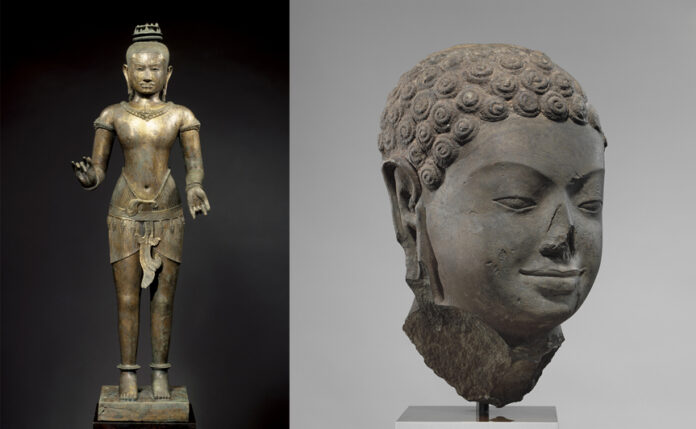
PHNOM PENH — Cambodia has welcomed the announcement that New York’s Metropolitan Museum of Art will return more than a dozen pieces of ancient artwork to Cambodia and Thailand that were tied to an art dealer and collector accused of running a huge antiquities trafficking network out of Southeast Asia.
This most recent repatriation of artwork comes as many museums in the United States and Europe reckon with collections that contain objects looted from Asia, Africa and other places during centuries of colonialism or in times of upheaval.
Fourteen Khmer sculptures will be returned to Cambodia and two will be returned to Thailand, the Manhattan museum announced Friday, though no specific timeline was given.
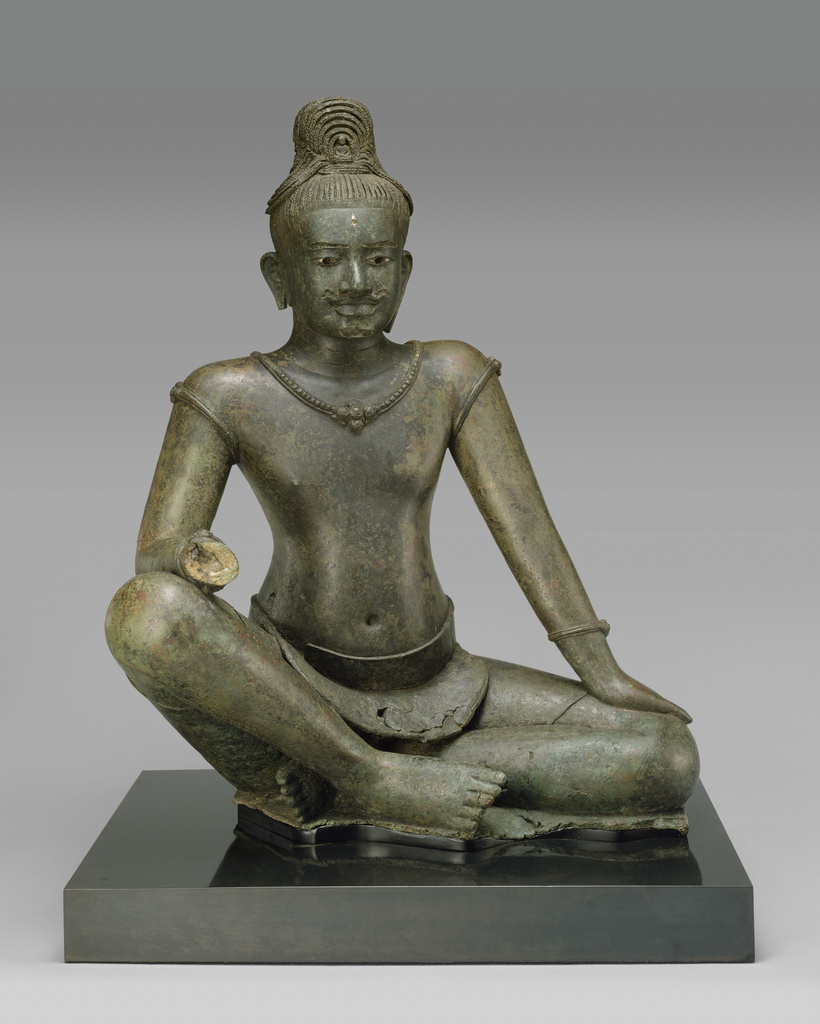
“We appreciate this first step in the right direction,” said a statement issued by Cambodia’s Ministry of Culture and Fine Arts. “We look forward to further returns and acknowledgements of the truth regarding our lost national treasures, taken from Cambodia in the time of war and genocide.”
Cambodia suffered from war and the brutal rule of the communist Khmer Rouge in the 1970s and 1980s, causing disorder that opened the opportunity for its archaeological treasures to be looted.
The repatriation of the ancient pieces was linked to well-known art dealer Douglas Latchford, who was indicted in 2019 for allegedly orchestrating a multiyear scheme to sell looted Cambodian antiquities on the international art market. Latchford, who died the following year, had denied any involvement in smuggling.
The museum initially cooperated with the U.S. attorney’s office in Manhattan and the New York office of Homeland Security Investigations on the return of 13 sculptures tied to Latchford before determining there were three more that should be repatriated.
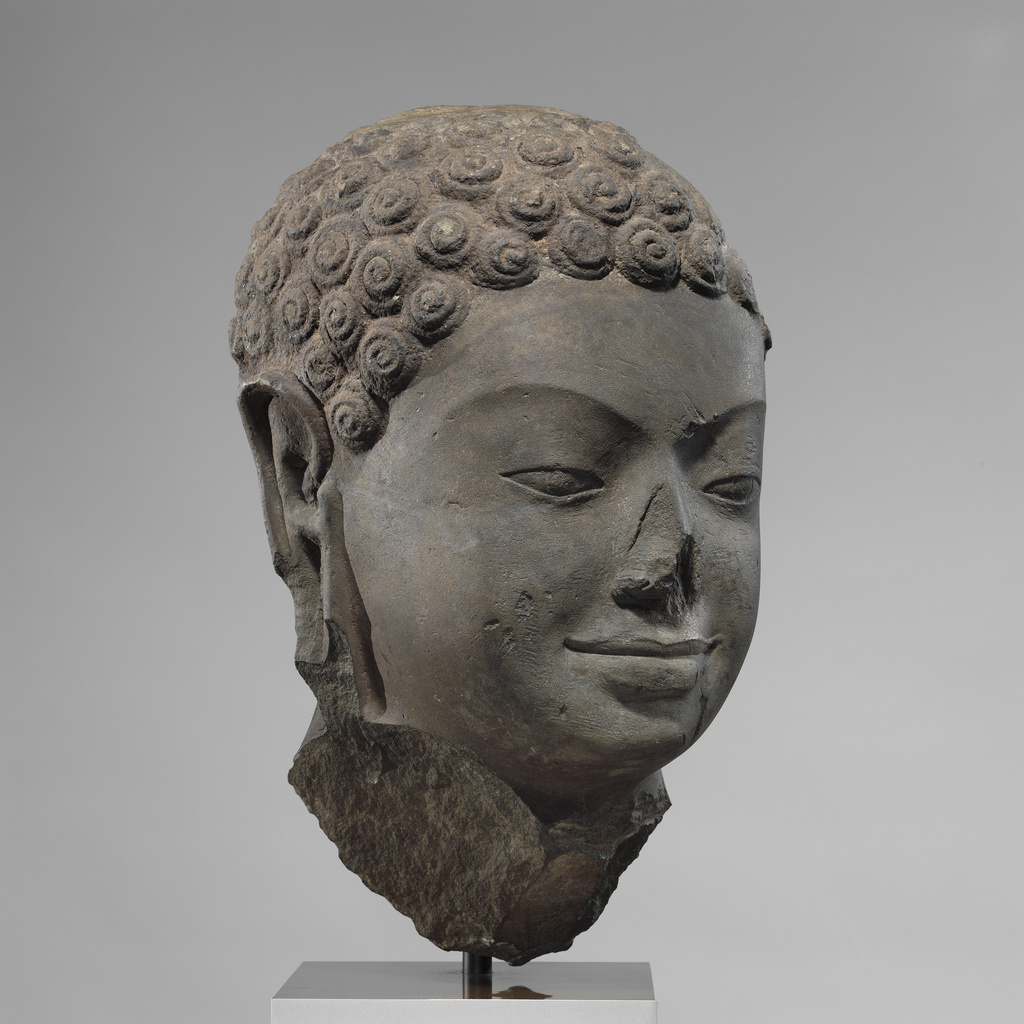
“As demonstrated with today’s announcement, pieces linked to the investigation of Douglas Latchford continue to reveal themselves,” HSI Acting Special Agent in Charge Erin Keegan said in a statement Friday. “The Metropolitan Museum of Art has not only recognized the significance of these 13 Khmer artifacts, which were shamelessly stolen, but has also volunteered to return them, as part of their ongoing cooperation, to their rightful owners: the People of Cambodia.”
This isn’t the first time the museum has repatriated art linked to Latchford. In 2013, it returned two objects to Cambodia.
The Latchford family also had a load of centuries-old Cambodian jewelry in their possession that they later returned to Cambodia. In February, 77 pieces of jewelry made of gold and other precious metal pieces, including items such as crowns, necklaces and earrings were returned to their homeland. Other stone and bronze artifacts were returned in September 2021.
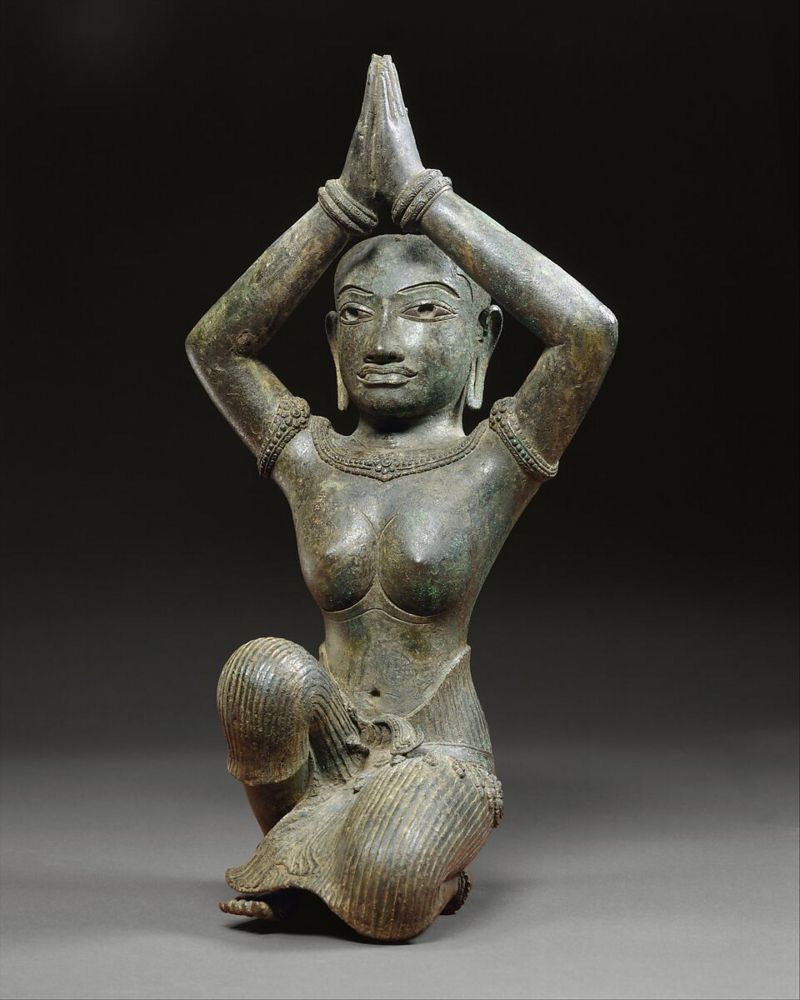
The latest works being returned from the Metropolitan Museum of Art were made between the ninth and 14th centuries in the Angkorian period and reflect the Hindu and Buddhist religious systems prominent during that time, according to the museum.
Angkor in the ninth to the 15th centuries was a powerful kingdom in the area of present-day Cambodia. Tourists can see relics of that past at the Angkor Wat temple complex in the country’s northwest.
Among the pieces being returned include a bronze sculpture called “The Bodhisattva Avalokiteshvara Seated in Royal Ease” made some time between the late 10th century and early 11th century. Another piece of art, made of stone in the seventh century and named “Head of Buddha” will also be returned. Those pieces are part of 10 that can still be viewed in the museum’s galleries while arrangements are being made for their return.
There is no specific timeline for when the pieces will be returned, the museum said.
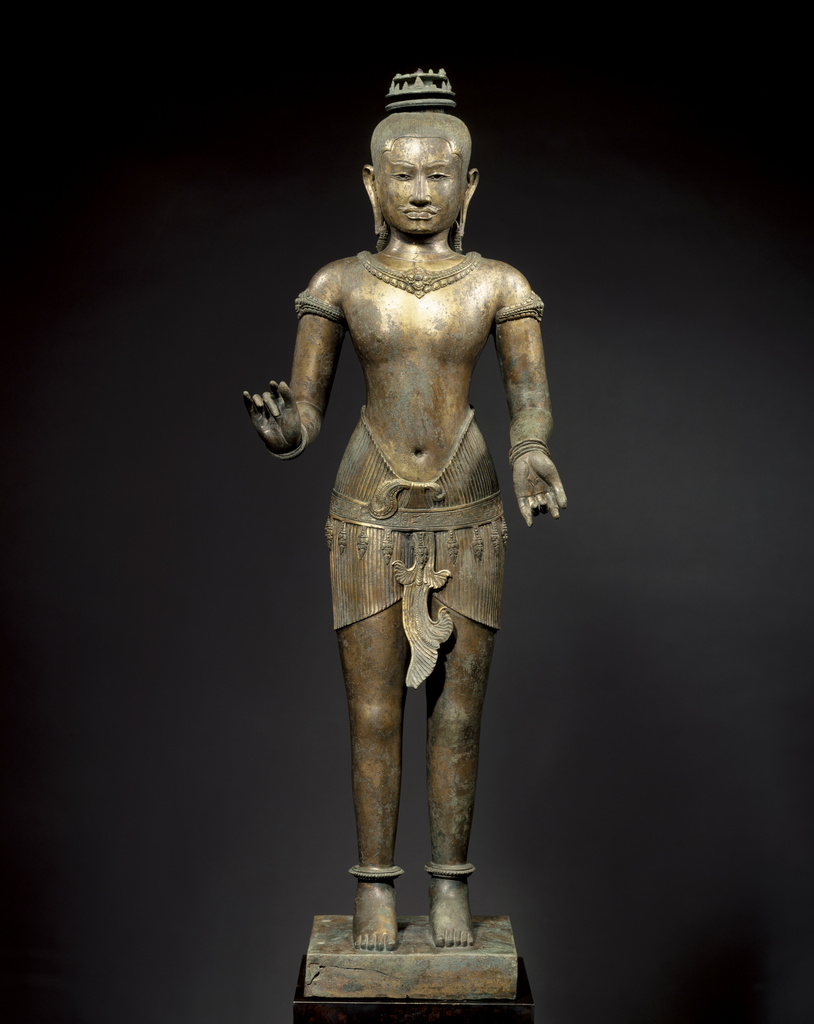
This isn’t the first time the museum has repatriated art linked to Latchford. In 2013, it returned two objects to Cambodia.
The Latchford family also had a load of centuries-old Cambodian jewelry in their possession that they later returned to Cambodia. In February, 77 pieces of jewelry made of gold and other precious metal pieces — including items such as crowns, necklaces and earrings — were returned to their homeland. Other stone and bronze artifacts were returned in September 2021.
Pieces being returned include a bronze sculpture called The Bodhisattva Avalokiteshvara Seated in Royal Ease, made sometime between the late 10th century and early 11th century. Another piece of art, made of stone in the seventh century and named Head of Buddha, will also be returned. Those pieces are part of 10 that can still be viewed in the museum’s galleries while arrangements are made for their return.
“These returns contribute to the reconciliation and healing of the Cambodian people who went through decades of civil war and suffered tremendously from the tragedy of the Khmer Rouge genocide, and to a greater strengthening of our relationship with the United States,” Cambodia’s Minister of Culture and Fine Arts, Phoeurng Sackona, said in her agency’s statement.
_____
Sopheung Cheang reported from Phnom Penh. Associated Press writer Maysoon Khan in Albany, New York, contributed to this report. Khan is a corps member for the Associated Press/Report for America Statehouse News Initiative.
____
Related article:













































